Biodegradable packaging plays an important role when it comes to (online) shopping. You can make sure that the products you buy are eco-friendly and made from renewable resources, but if they come in unsustainable plastic packaging, that defeats the whole point. Let’s avoid that mistake in the future by making informed decisions. So, what is biodegradable packaging?
Biodegradable packaging is made from materials that can be decomposed by micro-organisms such as bacteria, fungi and algae. Cardboard or paper, as well as bio-based plastics are the most commonly used forms of biodegradable packaging. Bioplastics can consist of cornstarch, mushrooms, seaweed and other plant-based resources.
Each option has advantages and disadvantages that we are going to take a look at.
Table of Contents
Biodegradable Packaging Options for Conscious Consumers
To help you understand what biodegradable packaging is, we are going to check out a few common examples of bioplastics.
Forms of Bioplastic Packaging
Bio-based plastics are supposed to reduce our consumption of petroleum-based plastics. According to the book Introduction to Bioplastics Engineering, plastic is expected to decrease by 15–20% by 2025.
“A bioplastic can be defined as a polymer that is manufactured into a commercial product from a natural source or renewable resource.”
Science Direct
Here’s an overview of what the process looks like:
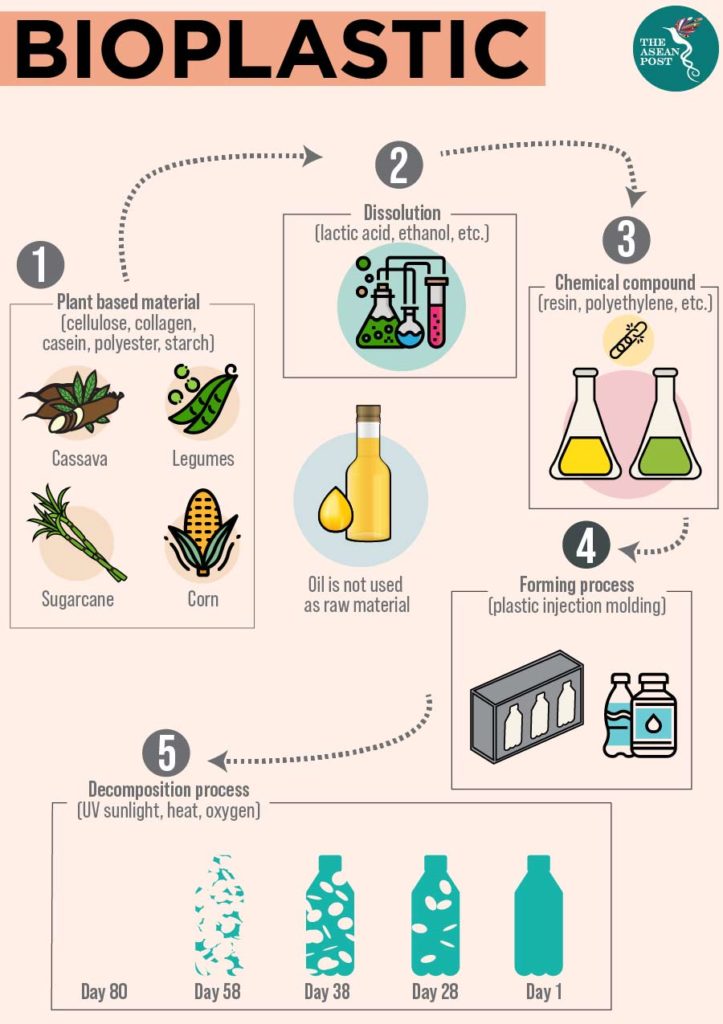
The 3 most relevant forms of biodegradable packaging are films, coatings, and bags.
The following are types of biodegradable packaging materials made from bioplastics that are on the market in 2021.
Cornstarch
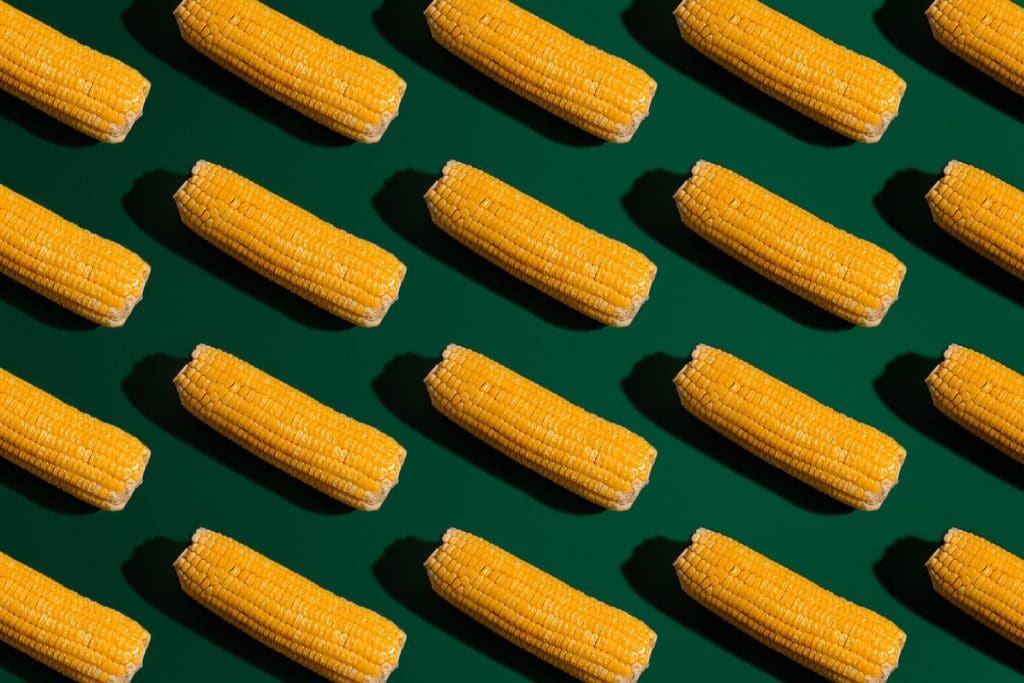
Cornstarch plastic has the same characteristics as petroleum-based plastic. However, it is produced using polylactic acid (PLA), a plastic alternative made from fermented plant starch. Starch is a natural, organic polymer of glucose. The word polymer comes from the Greek words for “many parts”, and basically means large molecule chains, that can be natural or artificial.
Commonly used for: Biodegradable packaging made form cornstarch is created for limited use. It is popular in the takeaway food industry.
How long does it take to biodegrade: PLA is said to decompose within 90 days. However, that only counts for special composting facilities. In those controlled composting environments, composts reach temperatures up to 60°C (140°F). PLA biodegrades under conditions that you can’t just replicate in your own backyard. It is therefore important to find out whether you have access to such a facility in your municipality. There is no evidence that PLA in regular landfills breaks down any faster than regular plastic.
Advantages: Corn is a renewable resource that does not contain toxins. Its production creates much less greenhouse gas emissions than conventional plastic production.
Disadvantages: A huge disadvantage of cornstarch plastic is that it effectively competes with the food supply industry for humans and animals. Land used for bioplastic production is diverted from food production, which could possibly lead to a raise in the price of one of our dietary staples.
Seaweed
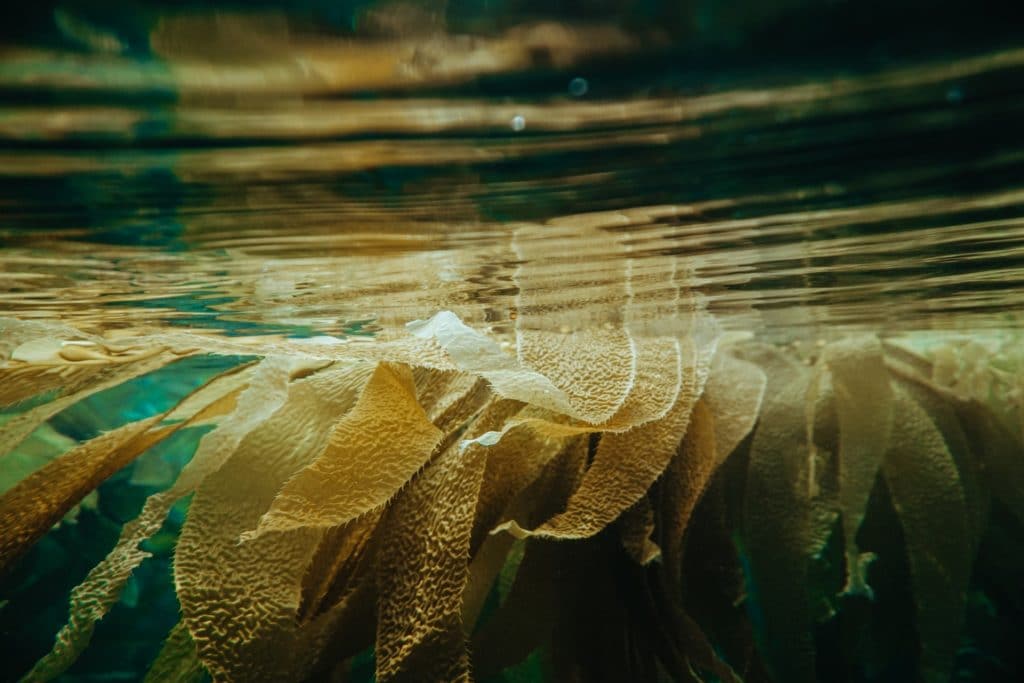
Packaging materials made from seaweed have revolutionized the market for plastic alternatives. Some are completely edible and biodegrade faster than fruit!
Commonly used for: All kinds of daily life items, mainly related to food and drinks, such as cups, straws, food wrapping and water bottles.
How long does it take to biodegrade: First of all, you can literally just eat the whole thing once you don’t need it anymore. This has even been taken to a level where the edible material comes with different flavors and colors. Check out Loliware for more some inspiration.
It not eaten, the average seaweed packaging takes 4 to 6 weeks to biodegrade.
Advantages: In contrast to food crops, seaweed doesn’t need fresh water and fertilizers to grow. According to an article published by GreenBiz, it takes one hectare of ocean to product 40 tons of dry seaweed annually; that volume absorbs 20.7 tons of carbon dioxide (CO2) emissions during the cultivation process. Another major advantage is that unlike PLA, it is home compostable.
Disadvantages: The only disadvantage the industry is currently struggling with is the price. Because most seaweed packaging materials are produced manually, it is more expensive than plastic.
Mushrooms
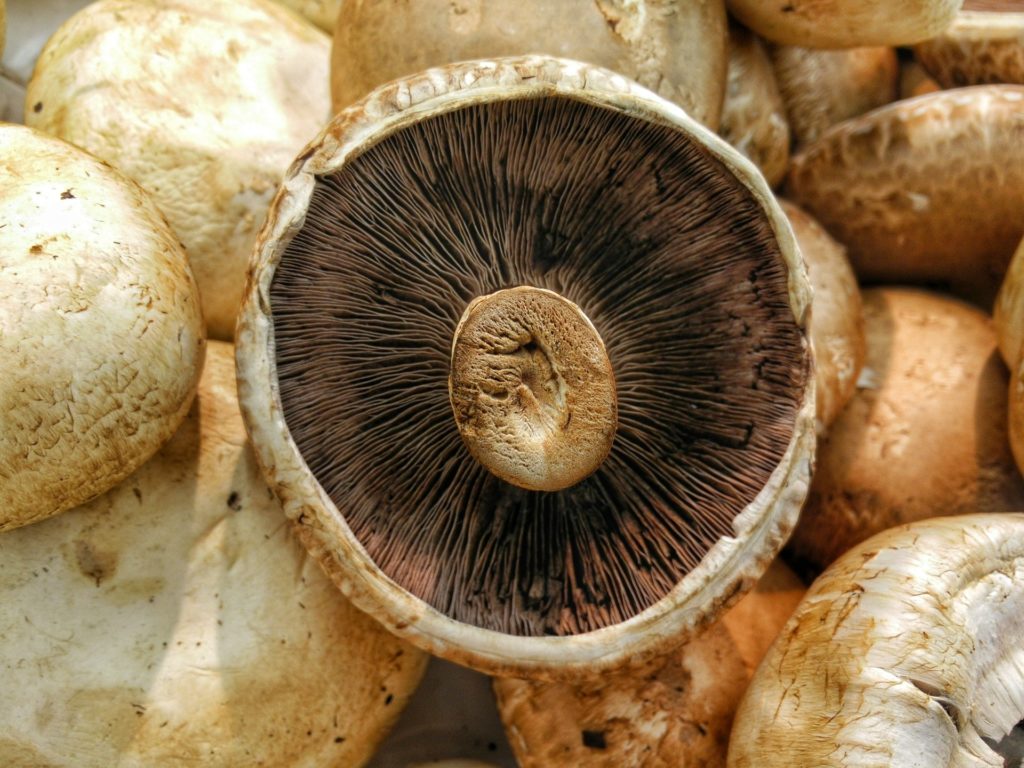
This styrofoam-like packaging material is made using the vegetative part of a mushroom fungus along with residues from farming. Check out Mushroom Packaging to see some examples.
Commonly used for: Mushroom packaging is used by large retailers, such as IKEA. It is lightweight and can be molded into a variety of shapes and sizes, which makes it the eco-friendly alternative to polystyrene.
How long does it take to biodegrade: It takes 30 (when added to soil) to 90 days for mushroom packaging to biodegrade. The process has neither nutritional benefits, nor dangerous side effects.
Advantages: The manufacturing process produces 90% less carbon emissions than the production of petroleum-based plastic. It also uses only 12% of the energy the plastic industry needs. Another advantage of the material is that the ingredients needed to create it are inexpensive.
Additionally, mushroom packaging is compostable at home.
Disadvantages: The production process takes longer than other packaging alternatives.
Read more: Mushrooms that eat plastic
Paper and Cardboard Packaging
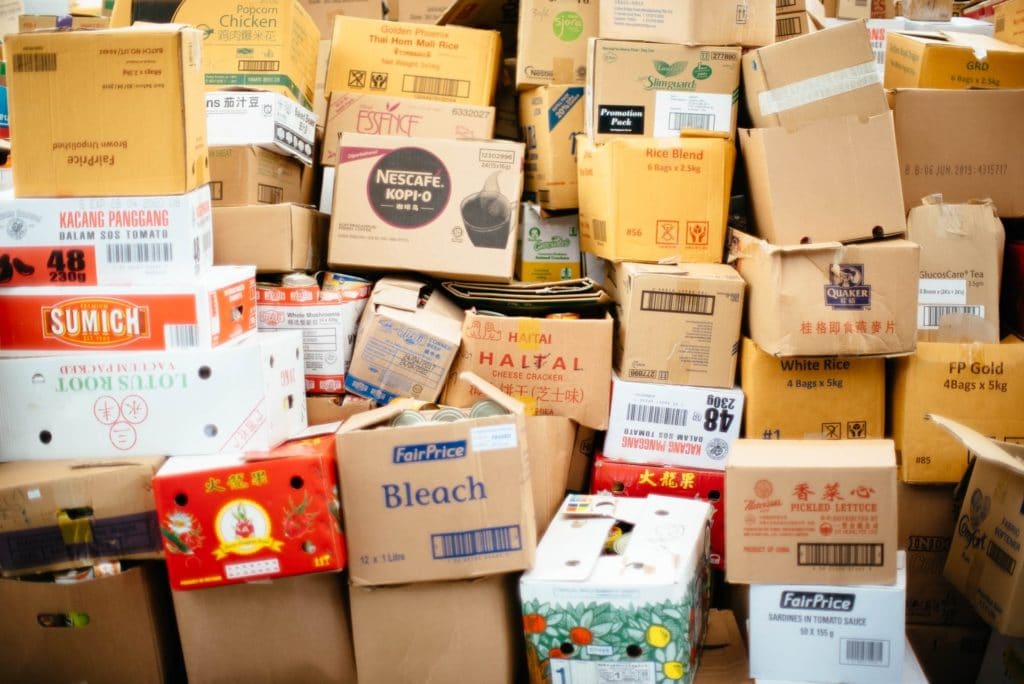
Paper and cardboard are 100% biodegradable and pose a popular plastic alternative when it comes to packaging.
Commonly used for: Paper and cardboard are often used in the food industry. The versatile materials also help to pack, store and transport goods.
How long does it take to biodegrade: Paper takes 2 to 6 weeks to biodegrade. Cardboard takes approximately 2 months.
Advantages: Paper can be recycled up to 6 times before its fibers are too short, which makes it a sustainable material. It is furthermore easily compostable at home.
Disadvantages: While paper in many areas of the world comes from “production forests”, which means that trees were grown and wood was harvested in an “eco-friendly” way, paper production can cause deforestation, one of the main drivers of climate change. Moreover, by releasing toxic chemicals into the air, the paper production process contributes to pollution such as acid rain and greenhouse gases.
Read more: How to save trees
Biodegradable Packaging – Tips for the Use
As we could see in the examples above, different kinds of biodegradable packaging can have different kinds of disadvantages. Here’s some advice to make the best out of your biodegradable packaging:
- Think twice – do you really need packaging at all? If you buy stuff in a store, just bring your own packaging from home instead of using more resources.
- Keep cardboard boxes etc. You will most likely need them again (e.g. for the scenario above).
- When you shop online, check out a company’s packaging materials. Real sustainable brands make sure not to produce plastic waste.
- Eco-friendly packaging should not only be biodegradable, but also reused and/or recycled. Nowadays, many companies ship their products in 100% recycled paper.
- Look out for take-back schemes to recycle waste.
- Beware of greenwashing – don’t click the BUY button, just because you read the word biodegradable somewhere. Do your research and make sure that you can actually compost an item at home or in your area. Remember, many PLA products are not as easily biodegradable as you might think.
- If a company does not give any information about their packaging practices, you can contact them and ask. However, it is very likely that they don’t have sustainable initiatives in place if they don’t advertise them.
Watch: Are Bioplastics REALLY better for the planet?
How much does Biodegradable Packaging Cost?
While plastic is cheap to buy, it comes at a great cost for our environment. Its alternatives have clear advantages in the sustainability sector. But how much does biodegradable packaging cost?
That depends on the biodegradable packaging material. While cardboard and biomass fibers are comparably cheap, PLA is much less affordable than petroleum-based plastic and other non-compostable options.
The reason for that is that is has not arrived in the mainstream yet. Just like plastic flooded the market several decades ago, its sustainable alternatives first need to become so popular that they are produced in large quantities worldwide.
Further Reading:
